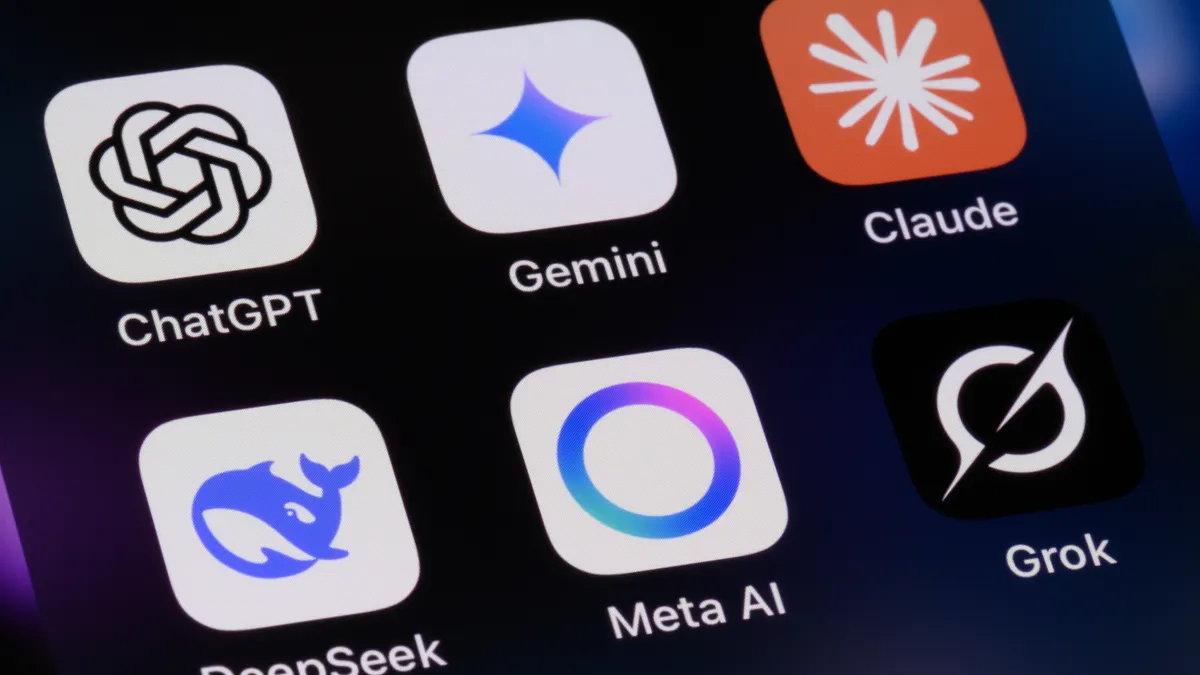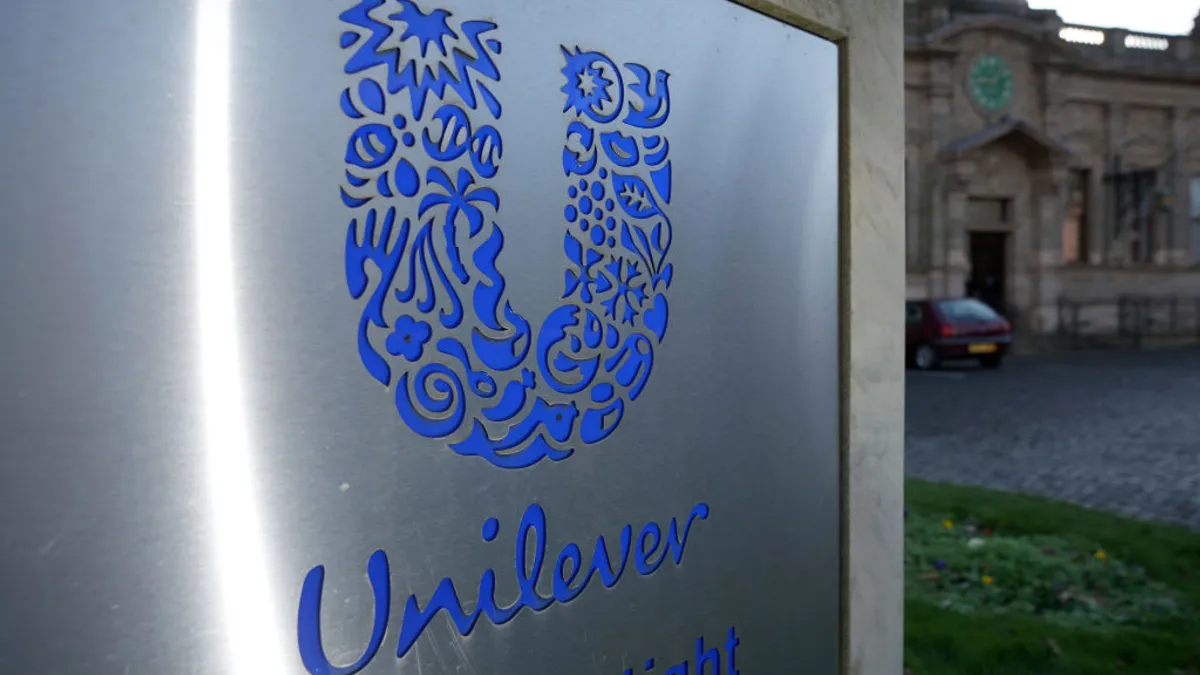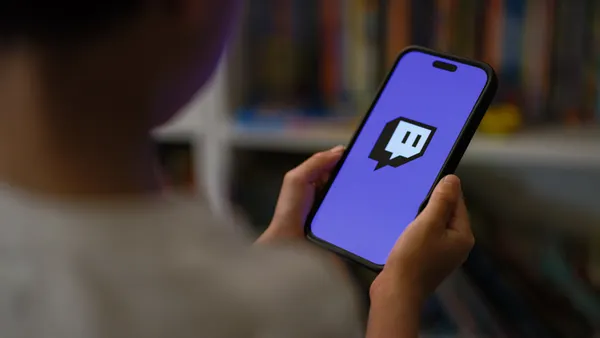Twitter appears to be facing a brand crisis.
Over the last year there was a long stretch of uncertainty about who would lead Twitter after Dick Costolo left in July and before interim CEO Jack Dorsey was finally named official CEO three months ago -- a nebulous state that made investors anxious.
Investors have also pressured Twitter to start churning out revenue, something it has addressed with a host of new ad units and initiatives, such as Moments that was designed to give users a curated list of trending topics (and with a new ad unit of its own), and more importantly, attract new users to its stagnating user base.
But, as Twitter heads into 2016, and its first earnings call of the year coming up in February, it faces issues both from without and from within. Between competition from social media cohorts to internal strife that has spread into this year, the question turns to whether new CMO Leslie Berland will be able reboot the brand.
Existential threats
Casual observers have long compared Twitter and Facebook, noting that Facebook maintained such a large lead in active users as well as revenue. Facebook reported Q4 earnings this week and revealed its user base had swelled to 1.59 billion monthly active users, while Twitter sits at about 320 million. But realistically the two social media platforms serve two very different purposes for their users and marketers running campaigns targeting those users.
Two key differences are Facebook has always encouraged a certain amount of “stickiness” on its platform across devices. It has constantly tweaked its user experience to keep people within its walls from its Instant Articles app to more than subtly encouraging publishers and brands to post content directly to Facebook rather offer links that took people away from Facebook. And of course, Facebook is a data hog offering marketers much more refined targeting than Twitter ever could for advertising.
One area where Twitter has excelled is tapping into real-time events. Both users and marketers actively went to Twitter for events such as the Super Bowl or the Oscars. Now Facebook is even making inroads into Twitter’s space, at least for sporting events, with its new Facebook Sports Stadium hub – a feature that potentially could drive sports fans and ad dollars away from live sports tweeting and straight to the world's largest social network.
Snapchat poses another kind of existential threat as it combines Twitter's real-time feel with ephemeral video messages that appeal to millennials and marketers alike.
Once seen as a somewhat confusing photo and video sharing app, Snapchat has added features such as its year-old Discover portal with content provided by a highly-curated group of publishers. This offers marketers advertising options, as well as racks up astounding video views – something that has become very valuable for marketers in the mobile channel. Snapchat reports seven billion mobile video views per day from 100 million users, compared to Facebook’s eight billion daily views from its 1.55 billion users. Twitter has been active in promoting video, but these numbers make it clear that for now the video battle is between Facebook and Snapchat.
Decay from within?
The CEO search that played out over months last year didn’t help the Twitter brand, and in a way it’s still going on. There are some investor grumblings that Dorsey – who remained on as CEO of mobile payment company Square – has maybe bitten off more than he can chew leading two public tech firms at once.
A bigger, and more recent, issue is Twitter lost several top executives – VP of Global Media Katie Stanton, VP of Product Kevin Weil and VP of Engineering Alex Roetter. According to Re/code, Weil is leaving to join Facebook’s Instagram, another social media competitor for Twitter.
What exactly happened with this exodus will likely be part of Dorsey’s upcoming earnings call. The fresh corporate shakeup comes at a time when investors are concerned about a plummeting stock price, a less-than-clear strategy going forward, and real concerns that Twitter might be hitting a wall in terms of growing its user base.
A light at the end of the tunnel
In one bright spot, this week Twitter named Leslie Berland CMO. She was previously with American Express and is expected to help reboot growth for the Twitter brand. And, according to Bloomberg Business, the company is expected to name two new board members this week.
Dorsey confirmed Berland was joining the Twitter team via a tweet earlier this week, saying she would join the company "to help tell the stories of our iconic product."
Welcoming @leslieberland to Twitter! She will join as our CMO to help tell the stories of our iconic product!
— Jack (@jack) January 26, 2016
Re/code has pointed out that Berland led digital efforts while at AmEx and Bloomberg reported that Berland has spent a good amount of time working on an ad campaign at AmEx centered around Facebook, Twitter and Apple’s iAd mobile platform. Berland has both the marketing chops and product understanding the Twitter brand needs as it finds a way to better resonate with new users.
Meanwhile, Twitter COO Adam Bain said about Berland's hire that she had been key to developing Twitter and AmEx's relationship, and that he regarded her as having one of the brightest minds in marketing.
In my role, I get to talk to the best and brightest in mktg. So when we originally drafted our dream list of CMOs, @leslieberland was #1.
— adam bain (@adambain) January 26, 2016
What is clear is that Twitter must find a way to get past its internal issues, something that Berland has been brought into the fold to handle. And, it must meet external challenges to what gives its users a unique social media experience. By the non-quantifiable “influence” measurement Twitter is probably considered number two in the social media universe, behind Facebook.
Will that still be the case a year from now? That's part of the branding question the newly-minted chief marketer will hopefully be able to answer for the ailing brand.




















